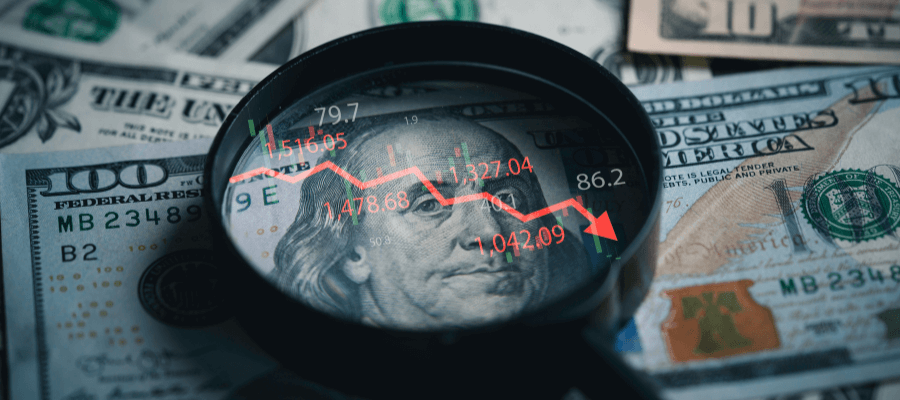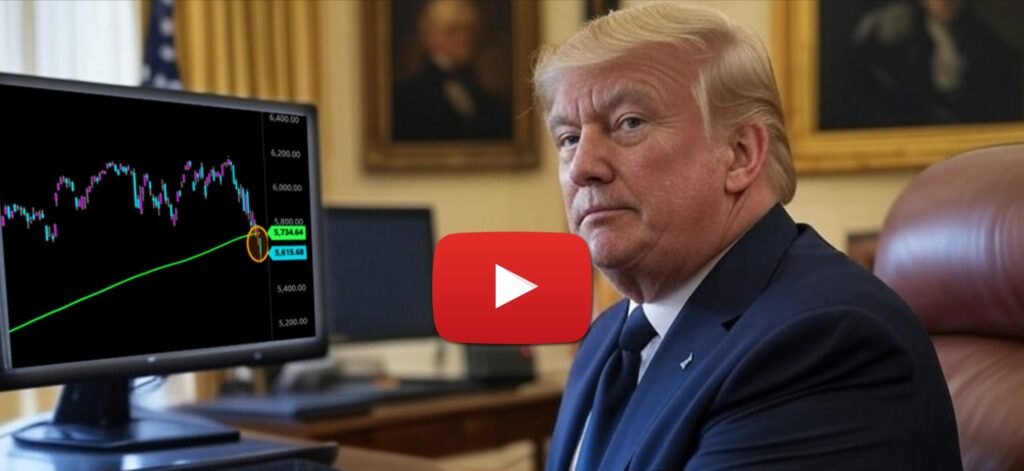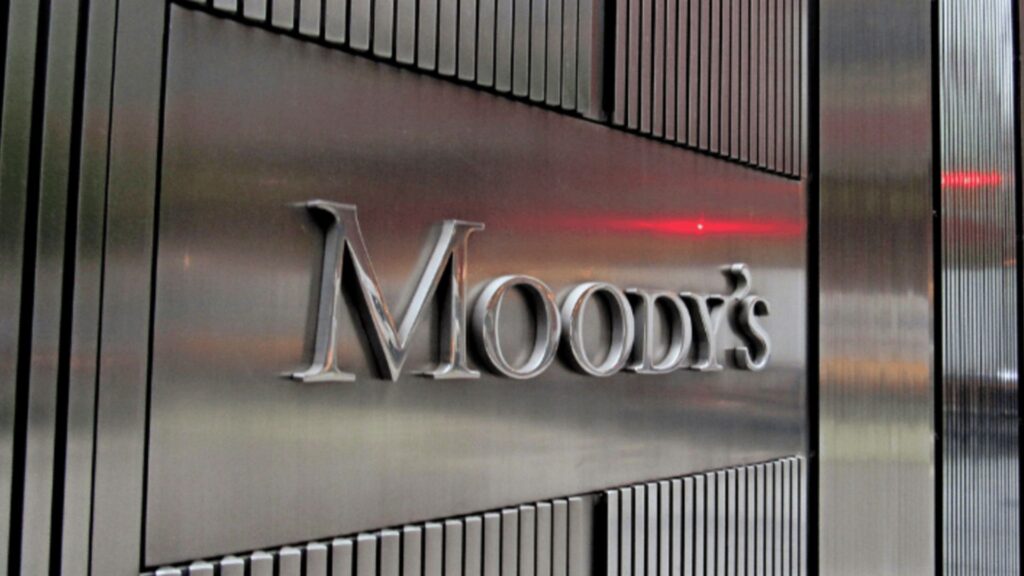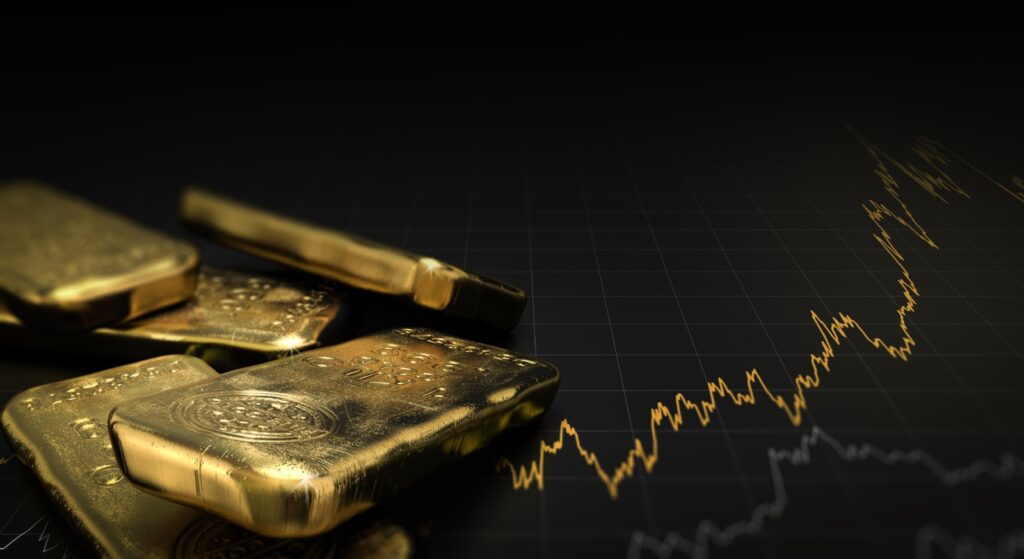European Central Bank Analysis: What Central Banks Know About Market Uncertainty

The European Central Bank just published an article asking: “What does the record price of gold tell us about risk perceptions in financial markets?” Since 2023, gold has hit multiple record prices, reaffirming its role as a safe haven asset. Unlike bonds or stocks, gold offers no income but provides two key advantages: zero default risk and inflation protection through its limited supply. The ECB found that gold consistently shields portfolios during three specific stress scenarios: geopolitical tensions, policy uncertainty, and extreme market volatility. Central banks, especially from emerging economies, have substantially increased gold purchases over the last three years […]
Chinese Demand Breathes New Life into Precious Metals

Gold has rebounded to $3,300 after dipping to $3,100, driven primarily by Chinese demand rather than Western investors. Trading activity in Shanghai has sparked follow-on buying on COMEX, with record-high interest on the Shanghai Futures Exchange for both gold and silver. Chinese traders demonstrated strong conviction by holding their positions despite the recent 8% market pullback. The current market conditions look promising, with limited exposure from non-Chinese hedge funds and neutral positioning in CFTC data. Rising sovereign debt concerns are becoming a major catalyst for gold, highlighting its appeal as an asset without counterparty risk as confidence in government bonds […]
Forgotten Metal No More: Platinum Challenges Decade-Long Trading Range

Platinum is breaking out of its decade-long sideways pattern (averaging $955/oz) by testing key resistance at $1,012, with a critical level at $1,025. While gold has surged on central bank demand, platinum’s comparative value has improved, with the gold-to-platinum ratio narrowing to 3.2:1 from 3.6:1 last month. Market fundamentals look strong, with the World Platinum Investment Council projecting a deficit of nearly one million ounces – the third straight year drawing from inventories. Chinese demand has strengthened significantly, recording the highest monthly imports in a year for jewelry and investment. Institutional interest remains cautious, with speculative positions slightly bullish and […]
Regional Banks’ Twin Threats: Unrealized Losses and Looming Recession

Small US banks face a potential double threat from unrealized securities losses and possible recession impacts on loans. President Trump’s trade tariffs and deficit-boosting budget could worsen this situation. While bond losses reached $482 billion by late 2024, with regional and community banks holding nearly half these losses, the real danger comes when these paper losses combine with actual loan defaults, particularly in commercial real estate. Unlike larger banks, smaller institutions have less capacity to absorb these combined financial shocks.
Middle East Tensions Push Oil Higher: Israel Considering Action Against Iran

Oil prices jumped up to 3.5% following a CNN report that Israel might strike Iran’s nuclear facilities. While prices initially rose above $64 per barrel, they settled lower afterward. The oil market has been unstable due to mixed reports about Iran-US nuclear talks. An Israeli attack would disrupt these negotiations and increase tension in the Middle East, which supplies about one-third of global oil. Experts note that Iran currently exports about one million barrels of oil daily despite sanctions, and removing this supply could increase oil prices by approximately $8 per barrel.
Markets Retreat as Trump Tax Bill Raises Alarm Over US Debt Sustainability

Stock markets and the US dollar fell on May 21 as investors grew increasingly concerned about President Trump’s tax-cutting bill. Treasury yields rose amid fears the legislation could worsen the US’s already substantial $36 trillion debt by an additional $3-5 trillion. Oil prices increased after reports of Israel preparing strikes on Iranian nuclear facilities. Investors moved toward safe-haven currencies like the yen and Swiss franc, while European stocks retreated from recent highs.
Battle Over Medicaid Cuts and Green Energy Credits Endangers Trump’s Economic Agenda

President Trump’s tax bill faces a new threat as ultraconservative Republicans vow to block it, despite Speaker Johnson’s agreement to raise the SALT deduction cap to $40,000. Hardliners insist the White House promised them deeper Medicaid cuts and quicker elimination of clean energy tax breaks in a “midnight deal” not reflected in the current proposal. With Johnson’s slim majority, the legislation remains in jeopardy despite attempts to satisfy both moderate Republicans from high-tax states and conservative factions.
America’s Credit Downgrade: What It Means for Gold

Moody’s just downgraded U.S. debt. Here’s why investors are turning to gold — and why it might be too early to take profits.
David Einhorn: Why Gold Will Keep Rising — And It’s Not Inflation

Hedge fund manager David Einhorn argues that gold’s rise has more to do with trust erosion in government policy than inflation. He cites persistent deficits, deglobalization, and lack of political discipline as reasons investors are seeking the safety of gold. According to Einhorn, gold has become a hedge against fiscal mismanagement—not just currency debasement.
Silver May Offer Tactical Gains After Gold’s Bull Run

While gold dominates headlines, silver is quietly building momentum. Analysts point to silver’s strong industrial demand, growing green energy applications, and its tendency to outperform gold during late-stage rallies. With gold prices near all-time highs, many see silver as the undervalued asset with greater upside potential.



